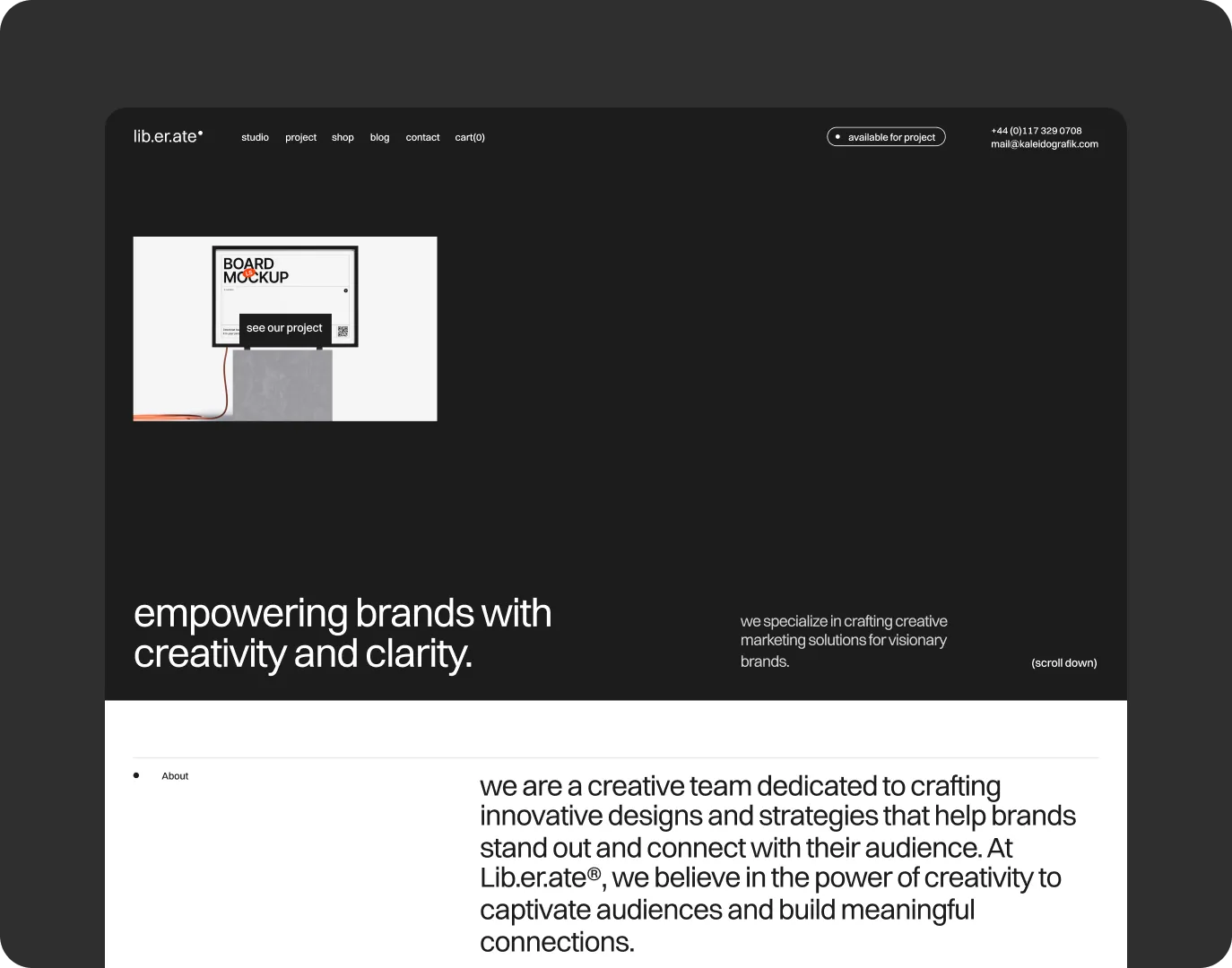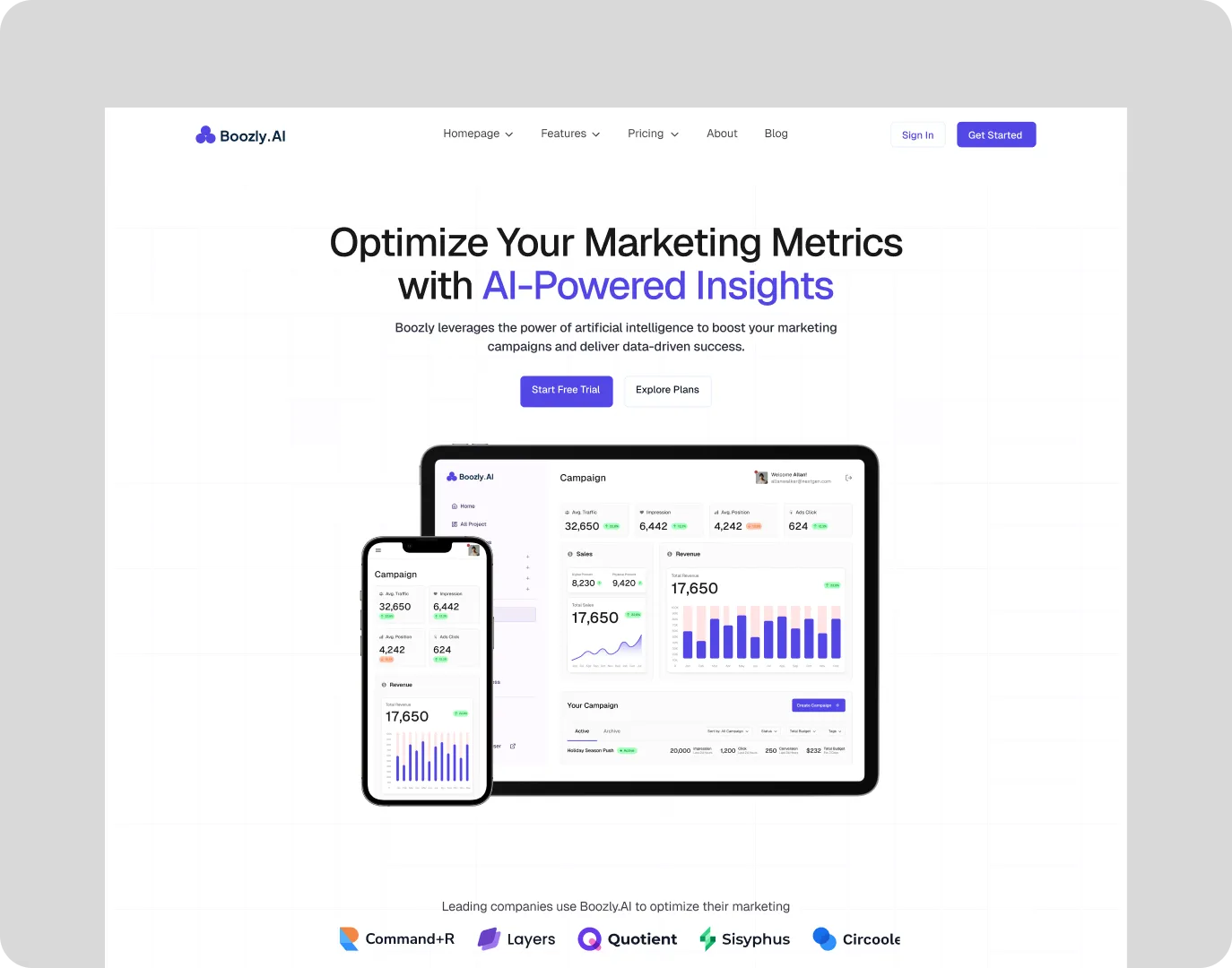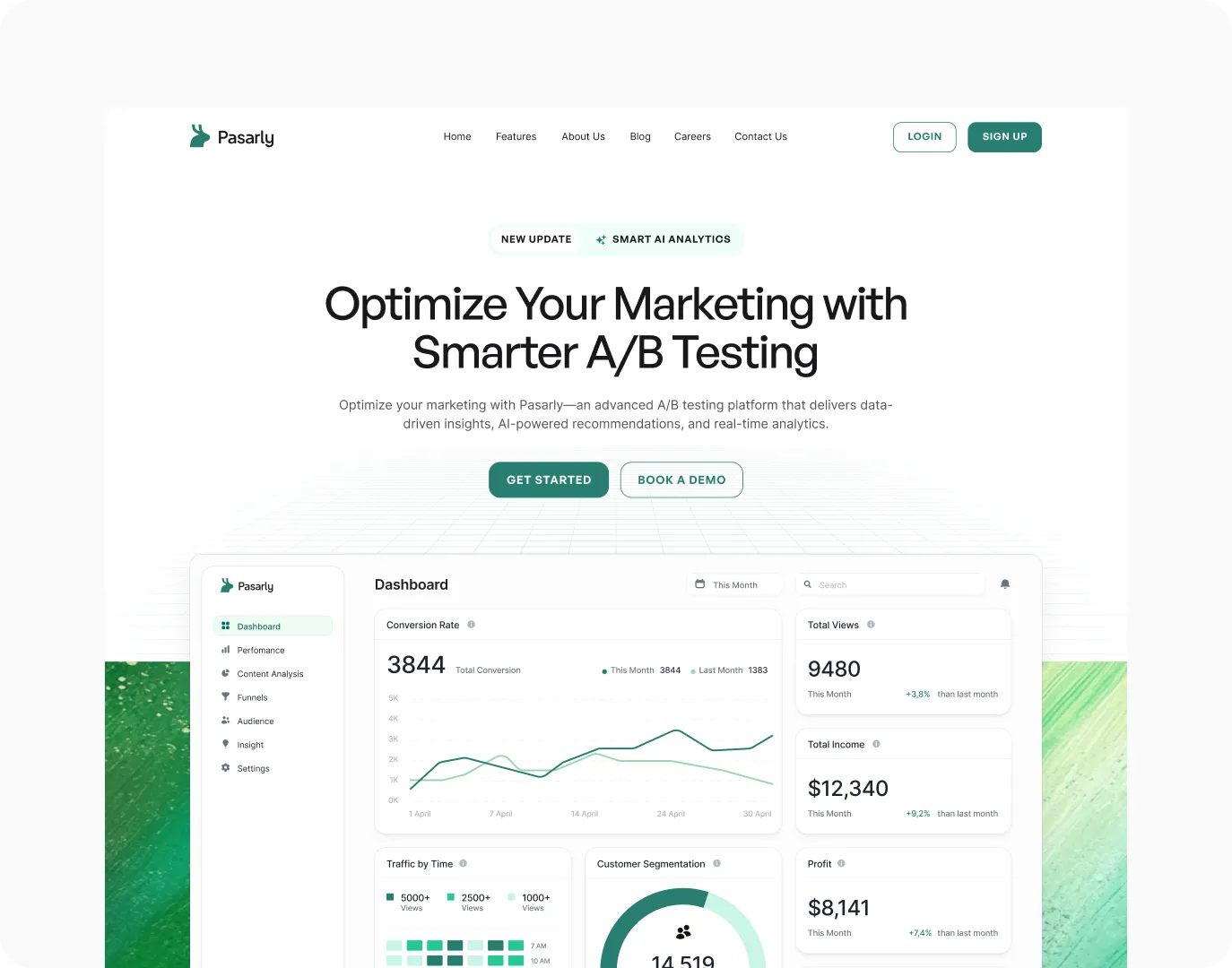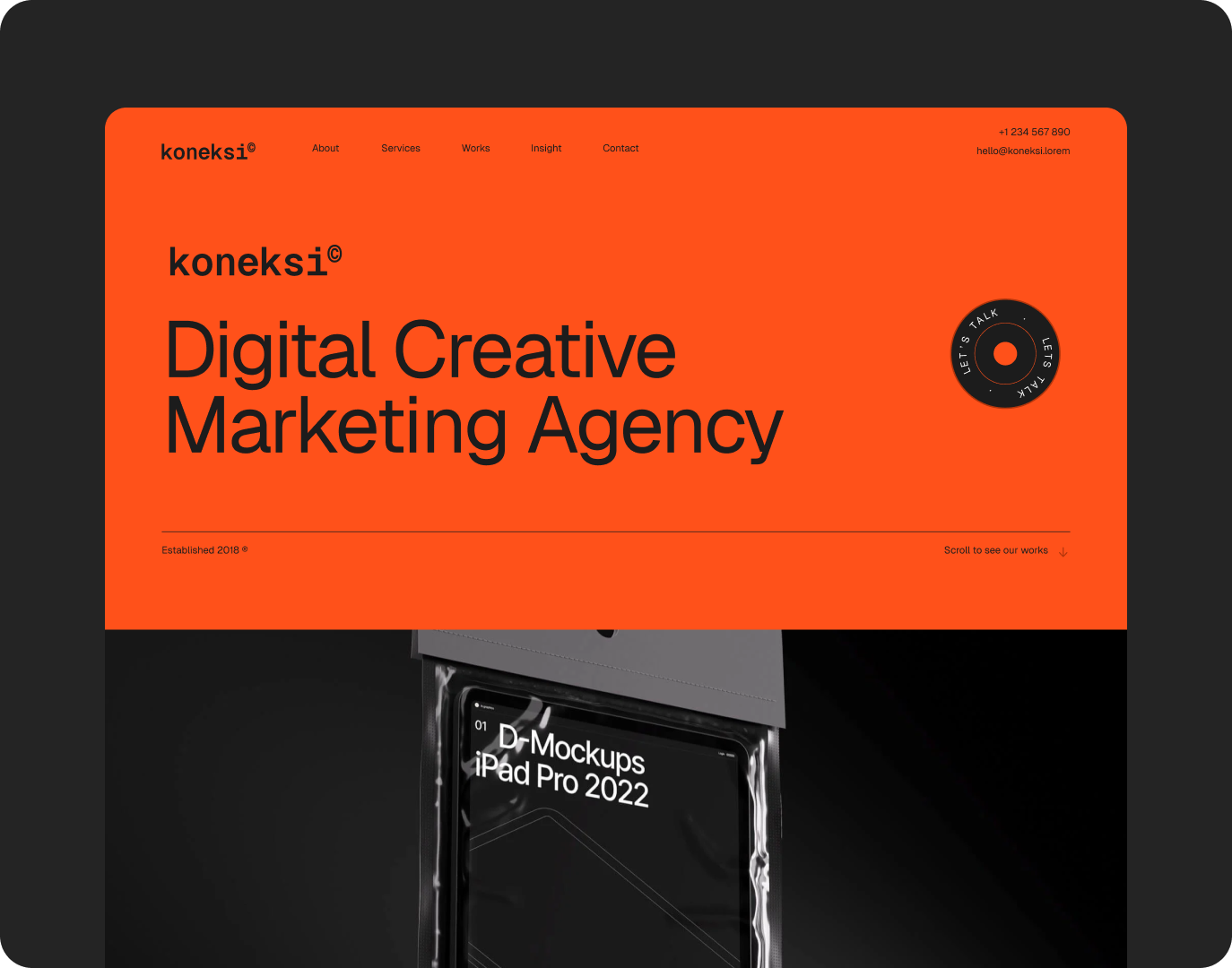Scaling Your Template Business: Strategies for 2025
Effective strategies for scaling your template business in 2025.

The template market is growing fast. Designers and studios are no longer limited to client work — they’re building scalable businesses by selling digital templates for Webflow, Framer, Figma, and other tools.
But with more creators entering the space, scaling from a few templates to a thriving business in 2025 requires more than just good design. It’s about strategy, positioning, and smart execution.
In this article, we’ll explore the key strategies to help you scale your template business this year.
1. Focus on Niche Markets
The days of generic templates are fading. Buyers now look for specific solutions that fit their industry, audience, and goals.
✅ Instead of making another “generic SaaS landing page,” consider targeting niches like:
- Fintech startups → modern, trustworthy design with compliance in mind.
- Nonprofits & NGOs → donation-driven layouts, storytelling focus.
- AI & automation tools → futuristic look, dashboard integration.
Niche markets not only reduce competition but also increase the perceived value of your templates.
2. Build in Systems, Not One-Offs
Scaling is hard if every template feels like a brand-new project.
That’s why successful creators build design systems.
- Create reusable UI libraries (buttons, sections, components).
- Standardize typography, spacing, and grids.
- Develop a core framework you can adapt across templates.
This speeds up production while keeping your templates consistent in quality.
3. Diversify Distribution Channels
Selling templates only on one marketplace limits growth. In 2025, consider a multi-channel approach:
- Webflow & Framer marketplaces → exposure to their huge user base.
- Your own website → higher profit margins, full brand control.
- Third-party platforms like UI8, Gumroad, or Creative Market.
Each channel has its own audience, and diversification ensures consistent revenue streams.
4. Invest in Marketing & Community
Templates don’t sell themselves anymore. To scale, treat your studio like a brand:
- Share behind-the-scenes content on Twitter / LinkedIn.
- Write blog posts about design trends & workflows (like this one 😉).
- Launch an email newsletter to announce new drops.
- Join communities (Webflow, Framer, Figma groups) and provide value.
The stronger your brand presence, the more buyers trust your templates.
5. Optimize for Recurring Revenue
Scaling isn’t just about selling more templates — it’s about building predictable income.
- Offer a membership model (e.g., access to all templates for a monthly/yearly fee).
- Bundle templates into industry packs (e.g., “Startup Kit” or “Agency Kit”).
- Add support & customization services as premium upsells.
This turns one-time buyers into long-term customers.
6. Leverage AI & Automation
2025 is the year of working smarter with AI. Use it to:
- Generate copy placeholders and content variations.
- Speed up marketing with AI-generated visuals & ads.
- Automate customer support with chatbots or pre-set FAQs.
By automating repetitive tasks, you free up more time to design.
Final Thoughts
Scaling your template business in 2025 means thinking beyond design. It’s about:
- Targeting niche audiences.
- Building systems, not one-offs.
- Selling across multiple platforms.
- Growing a brand and community.
- Creating recurring revenue streams.
If you put these strategies into action, your studio can go from selling a handful of templates to running a sustainable, thriving digital business.
Need to customize template?
We don’t just provide templates — we help tailor them to your brand and goals.












